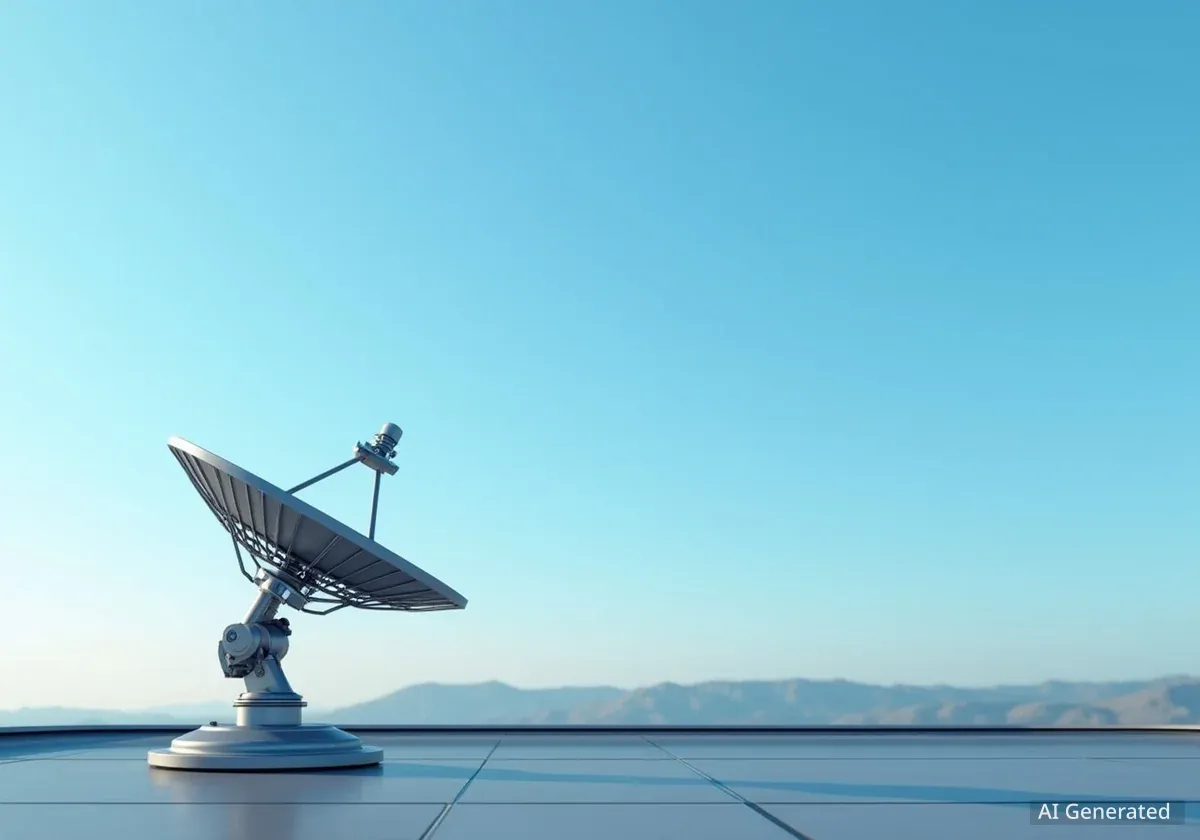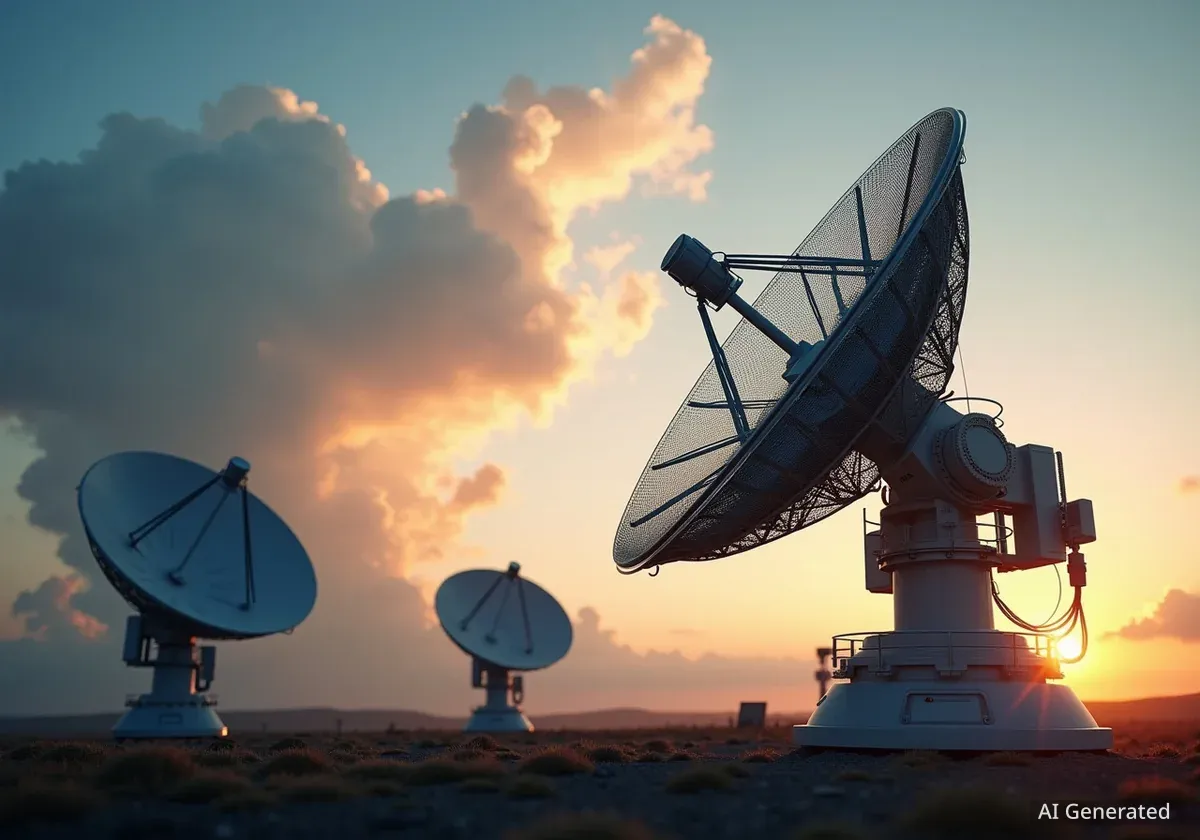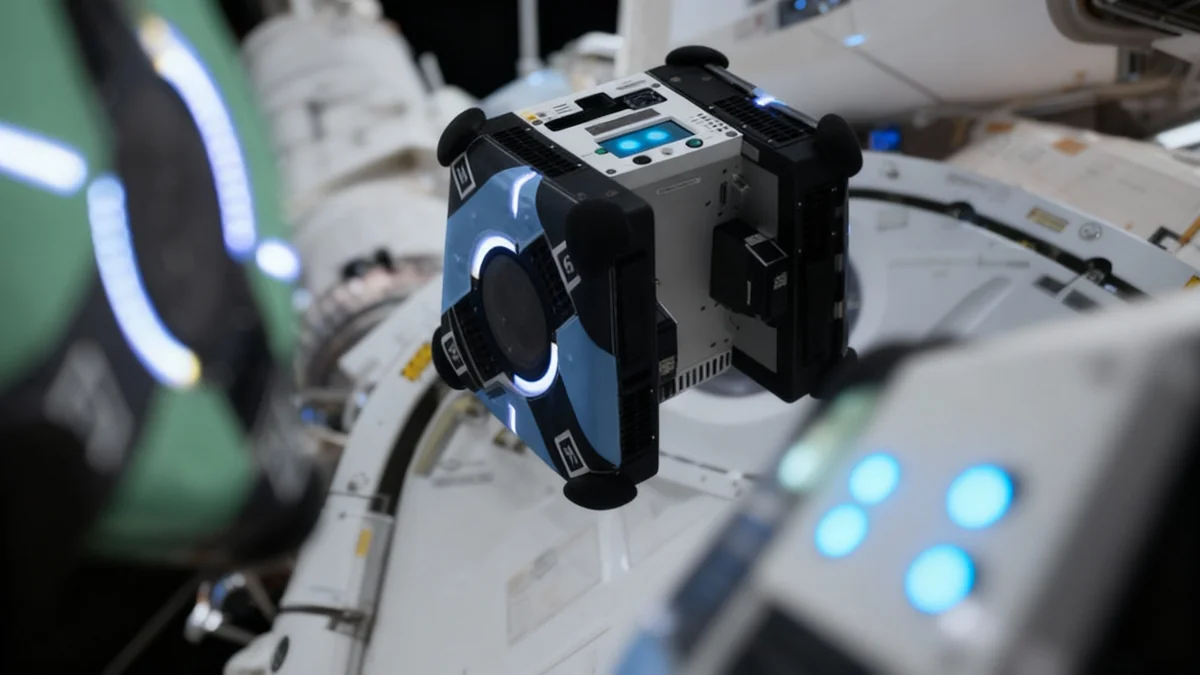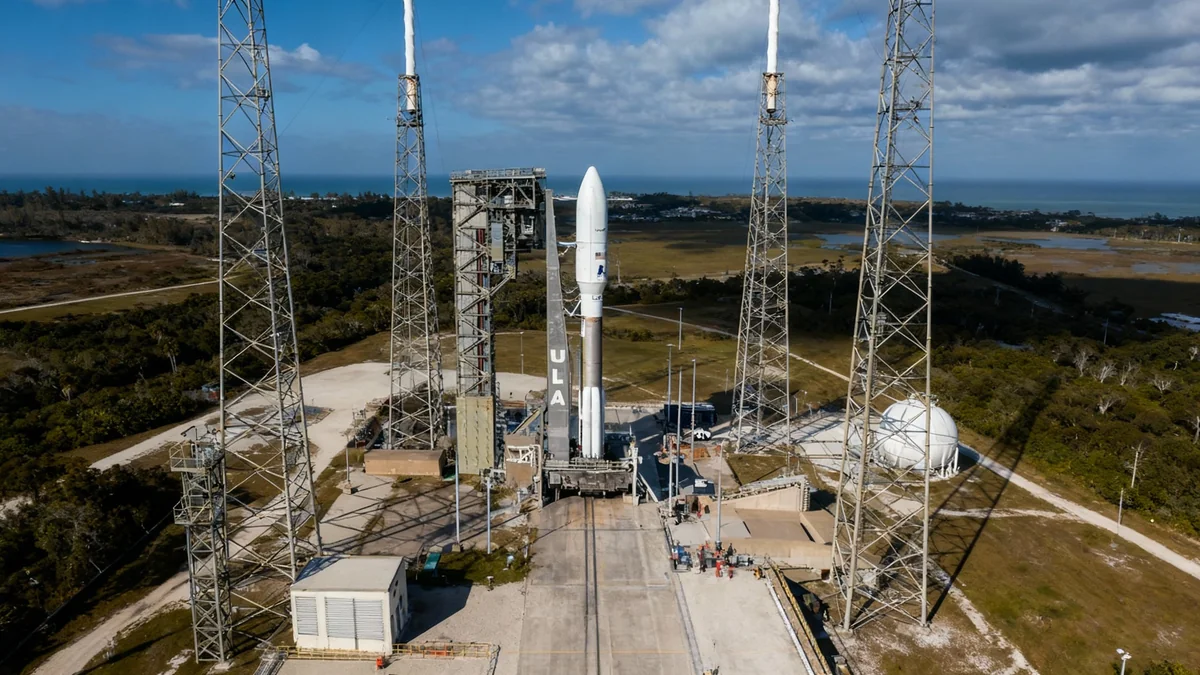A pioneering space-based animal tracking system is scheduled to resume operations on November 11, 2025, after a three-year pause. The project, known as Icarus, will launch a new, miniaturized receiver into orbit aboard a SpaceX Falcon 9 rocket, marking a significant step forward in global biodiversity monitoring.
Once operational, the system will provide scientists with continuous data on the movement, health, and environmental conditions of tagged animals, from migratory birds to sea turtles. This renewed effort aims to offer unprecedented insights into ecosystem health and the effects of climate change.
Key Takeaways
- The Icarus wildlife tracking system is scheduled to relaunch on November 11, 2025, via a SpaceX mission.
- The new system uses a miniaturized receiver on a small CubeSat, a major technological upgrade from its previous iteration on the International Space Station.
- Operations were paused for three years following the end of a collaboration with Russia in 2022.
- The project aims to provide near real-time data on animal movements to monitor biodiversity, predict disease outbreaks, and inform conservation policies.
A New Era in Space-Based Observation
The upcoming launch represents the beginning of Icarus 2.0, an ambitious next phase for the project. The first receiver will be carried into a 500-kilometer orbit on the Gena-OT satellite, a CubeSat built by the Munich-based company OroraTech.
Following the launch, the system will undergo a three-month testing phase. After this period, it will begin its primary mission: establishing a two-way communication link with tiny sensors attached to animals around the world. These sensors will transmit high-precision GPS data to the satellite, which then relays it to researchers on the ground.
This relaunch is part of the Seranis research mission of the University of the Bundeswehr Munich, one of Germany's largest university space programs. The mission was funded by the German Aerospace Centre.
“With Icarus 2.0, we are building a truly planetary-scale observatory,” said Martin Wikelski, Director at the Max Planck Institute of Animal Behavior. “For the first time, we will be able to listen to the signals of animals worldwide in near real time, offering unique insights on biodiversity and environmental change.”
From Space Station to Shoebox Satellite
Icarus first became operational in 2020 as a technological experiment aboard the International Space Station (ISS). An antenna on the station collected signals from lightweight animal tags, providing valuable data on migration and behavior. However, the project's collaboration with Russia ended abruptly in 2022, leading to a suspension of operations.
An Opportunity for Innovation
The three-year pause became a period of reinvention. Engineers worked with the NewSpace company Talos to completely redesign the Icarus hardware. The result is a system dramatically smaller and more efficient than its predecessor.
The new receiver payload measures just ten centimeters and is designed to fly on CubeSats, which are small, cost-effective satellites. This new technology was successfully tested during an experimental flight in 2023.
Technological Leap Forward
Compared to the original ISS-based system, the new Icarus 2.0 receiver boasts significant improvements:
- Energy Efficiency: Consumes one-tenth of the energy.
- Capacity: Can read signals from four times as many sensors simultaneously.
- Speed: Enables faster data downloads.
- Flexibility: Allows for remote software updates while in orbit.
“What once required a massive antenna on the International Space Station now fits into the palm of a hand,” explained Gregor Langer, CEO of Talos.
Building a Constellation for the Planet
The November launch is just the first step. A second Icarus receiver is already built and scheduled for a 2026 launch, also on a SpaceX mission. This satellite, funded by the National Geographic Society, will be independently operated by Talos and the Max Planck Society and will double the frequency of data collection.
The long-term vision is to have a constellation of six Icarus receivers operational by mid-2027. This network of satellites will ensure continuous global coverage and deliver near real-time information on animal movements, providing a constant stream of data for scientists.
Next-Generation Animal Tags
Complementing the new satellite hardware is a suite of advanced animal tags currently in development by Talos. These sensors are being designed to be among the smallest, lightest, and most energy-efficient on the market, allowing researchers to track a wider range of species, including smaller animals.
These tiny tags will do more than just record location. They will also collect data on:
- Temperature
- Humidity
- Air pressure
- Acceleration
This rich dataset will give researchers a comprehensive picture of an animal's health and its immediate environment, processed efficiently on the tag itself before transmission.
A Vital Tool for Global Challenges
As the planet faces accelerating biodiversity loss and climate change, Icarus 2.0 is positioned to become a critical tool for science and conservation. The project's data will be integrated into the Animal Movement Biodiversity Observation Network (Move BON), a global initiative to translate animal movement data into actionable indicators of ecosystem health.
These indicators will help inform global biodiversity monitoring frameworks and guide policymakers in protecting habitats, mitigating climate impacts, and safeguarding at-risk species.
The ability to remotely reprogram sensors without recapturing the animals is another key feature. This bi-directional communication allows scientists to adapt their research goals in response to new environmental events or animal behaviors.
“This capability radically increases the speed with which we can respond to global challenges such as habitat loss, disease outbreaks, and shifting migration patterns,” Wikelski added. From tracking the spread of animal-borne diseases to monitoring the survival of endangered species, the data gathered from this eye in the sky will deepen our understanding of life on Earth.





